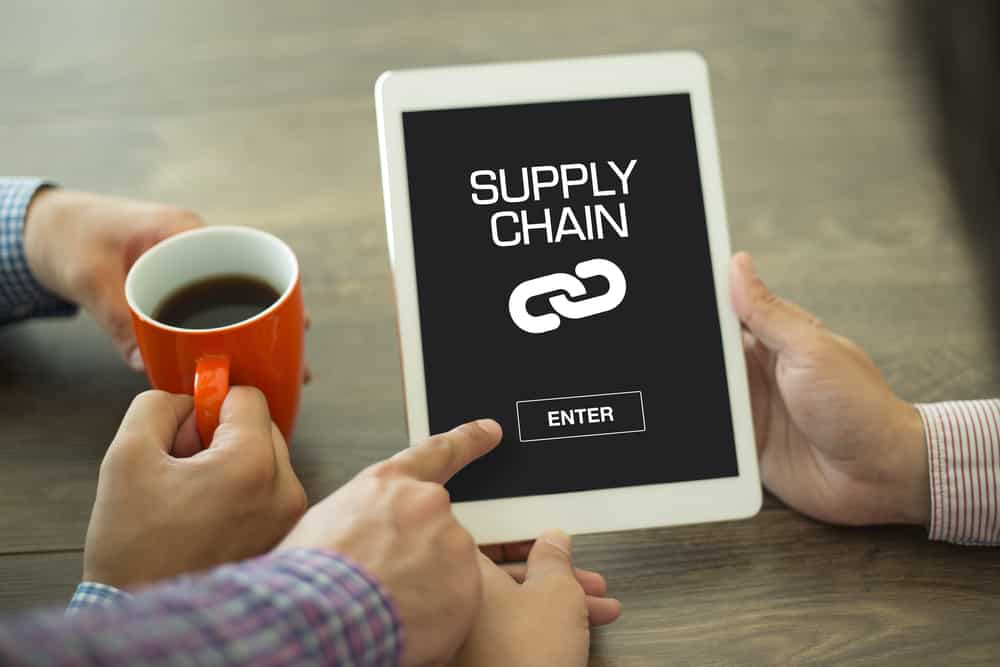Few businesses consider critical aspects of the aftermarket when establishing supply chain management strategies. But you might be surprised to learn just how much it can affect your bottom line.
When you implement best practices to track your aftermarket activities, you can put the information you gain to work on the front side of your logistics management.
Reverse logistics is the key to anticipating, managing and, ideally, preventing potential runaway aftermarket issues. But it’s also a highly effective means for improving the management of your supply chain and maximizing business performance.
No. 1: Optimize Pricing
Reverse logistics management helps you reduce the cost of warranty repairs and replacements. Tracking your aftermarket product cycle also provides the precise data you need to identify the overall and per-unit average cost of warranty-related activities.
Once you no longer have to guess what warranty service is costing you, you can fine-tune your pricing to improve sales and minimize losses.
No. 2: Streamline Inventory Management
Too much guesswork about the aftermarket often leads to an overabundance of inventory, which is expensive to produce and store. Reverse logistics data can tell you precisely how much inventory you need to meet your aftermarket replacement needs.
No. 3: Improve the Customer Experience
Our instant gratification culture has created a consumer who expects prompt, responsive service. Your customers will tolerate warranty issues as long as you provide exceptional service when and if something does go wrong.
Managing and tracking the reverse supply chain allows you to give your customers the quick and effective response they demand. When you improve the customer experience, you’ll earn brand loyalty, repeat business and referrals.
No. 4: Get Ahead of Warranty Issues & Recalls
Widespread warranty issues can severely impact your business but recalls – especially if safety issues are involved – can wipe out years of growth and profit.
Using reverse logistics data, you can identify exactly when, where and how your products are prone to failure. Using this information, you can figure out the “why.” Armed with this knowledge, you can revise designs, improve manufacturing processes, modify materials, etc. This helps minimize warranty problems and, ideally, avoid potentially disastrous recalls.
Implementing a Reverse Logistics System
As complex as it may sound, you can implement a reverse logistics technology platform quickly and easily.
ReverseLogix, the globally recognized leader in reverse logistics technology, offers a comprehensive SaaS platform that helps you reduce costs and enhance your customer experience. Our full-service solution integrates seamlessly with your existing ERP platform, allowing you to identify and capitalize on value in the reverse supply chain.
Connect with us today to learn more about how you can leverage the aftermarket to improve your supply chain and, ultimately, the performance of your business.

